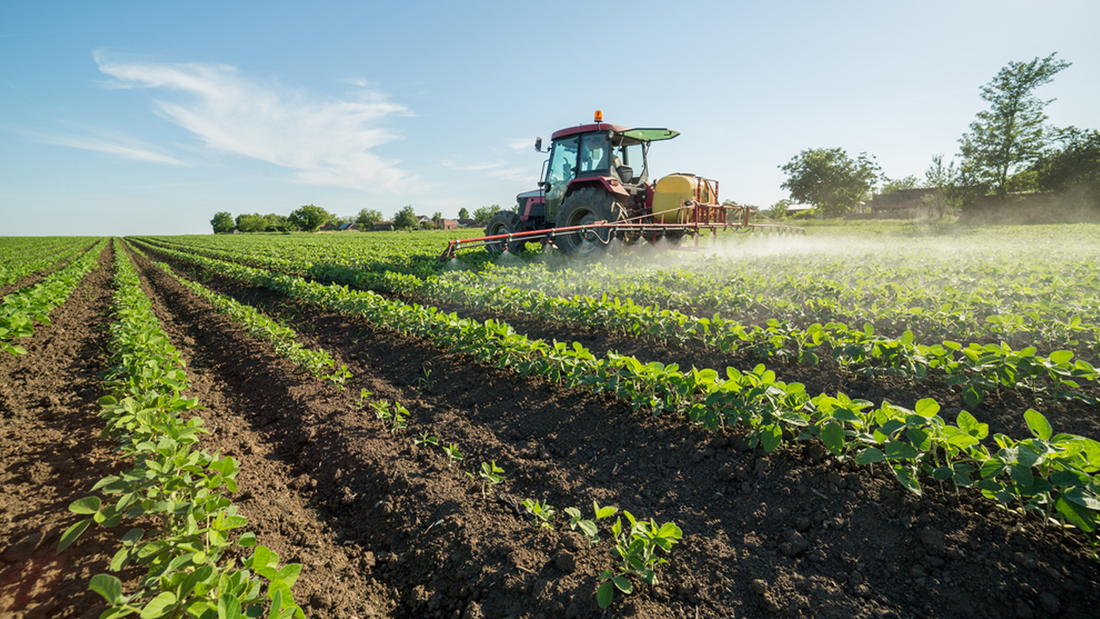We often admire the beauty of breathtaking flowers but we don’t realize the efforts to maintain them. Fungicides are a type of pesticides that can kill or prevent the growth of fungi and their spores. They play a key role in keeping the fungi away and maintaining the beauty of the plant. But before we study how they help in horticulture, we must understand the classification of fungi.
Classification by chemical structures and mode of action
Chemical structures: Fungicides are categorized based on their specific chemical composition. It can determine their effectiveness against various fungal pathogens.
Mode of action: Agriculturally and horticulturally, fungicides are classified by how they interact with fungi. Their nature depends on the way they can inhibit their growth or kill them.
Classification by mode of application
Foliar fungicides
Sellers apply these liquids or powders to the leaves and aerial parts of plants. They create a protective barrier on the plant surface and prevent fungal spores from establishing. Moreover, they may have systemic toxicity, meaning they can penetrate plant tissues and kill developing fungi internally.
Soil fungicides
These fungicides are applied to the soil in various forms, including liquids, dry powders, or granules.
They work either through the vapor phase, where the active ingredient is released as a gas that kills fungi, or by systemic properties. It is where fungicide is absorbed by the roots and transported throughout the plant to protect it from soil-borne fungal infections.
Dressing fungicides
These are used on harvested crops. Sellers usually apply these as liquids or dry powders. They prevent fungal infestations during storage, particularly under suboptimal conditions of temperature and humidity, which can promote fungal growth.
Benefits of fungicides for horticulture
Protection against fungal diseases: Fungicides can prevent and control powdery mildew, downy mildew, rusts, and blights. These diseases can cause damage to fruits, vegetables, flowers, and ornamental plants.
Increased crop yield and quality: If the sellers can control fungal diseases, they can grow healthier plants. It leads to higher yields and better quality produce. Healthy plants are more productive and produce fruits and flowers with superior market value.
Better plant vigor: Fungicides can also contribute to plant health. Since it prevents fungal infections, plants can allocate more resources to growth and development. The sellers can get stronger and more vigorous plants.
Popular examples of fungicides in horticulture
Cinnamaldehyde
Cinnamaldehyde is the primary component of cinnamon oil. It is famous for its antimicrobial and antifungal properties. It is a naturally occurring aldehyde that is highly effective against a broad spectrum of fungal pathogens.
Importance in horticulture
Disease control: Cinnamaldehyde is effective against common fungal diseases such as powdery mildew, downy mildew, and various rusts. Its mode of action involves disrupting the cell walls of fungi which leads to their death.
Application: Cinnamaldehyde is used in the form of sprays or soil drenches in horticultural practices. Its pleasant aroma also makes it a famous choice for use in greenhouses and indoor plant settings.
Para-cymene
Para-cymene is a monoterpene hydrocarbon. You can find it in the essential oils of various plants, including thyme and cumin. It is known for its antifungal and insecticidal properties.
Importance in horticulture
Fungal inhibition: Para-cymene has been shown to inhibit the growth of several pathogenic fungi. It is an effective tool for managing diseases like Botrytis cinerea (gray mold) and Fusarium spp.
Plant health: Besides its antifungal activity, para-cymene can also enhance plant health by providing some degree of insect repellents.
Application: It is commonly used in foliar sprays and soil treatments. Para-cymene effectiveness at low concentrations makes it cost-effective for large-scale use in horticulture.
Caryophyllene oxide
Caryophyllene oxide is a sesquiterpene oxide found in various essential oils, including those of cloves and black pepper. It is recognized for its potent antifungal and antimicrobial activities.
Importance in horticulture
Broad-spectrum activity: Caryophyllene oxide exhibits broad-spectrum antifungal activity, effective against a variety of fungal pathogens such as Phytophthora spp. (cause root rot), and Penicillium spp. (responsible for postharvest decay).
Application: It is used in sprays and soil applications. Its strong antifungal properties make it useful in protecting high-value crops and ornamental plants from severe fungal infestations.
If you are working in the horticulture sector and need good-quality fungicides, contact SBBLG today. They are one of the leading suppliers of chemicals and caters to different industries.





